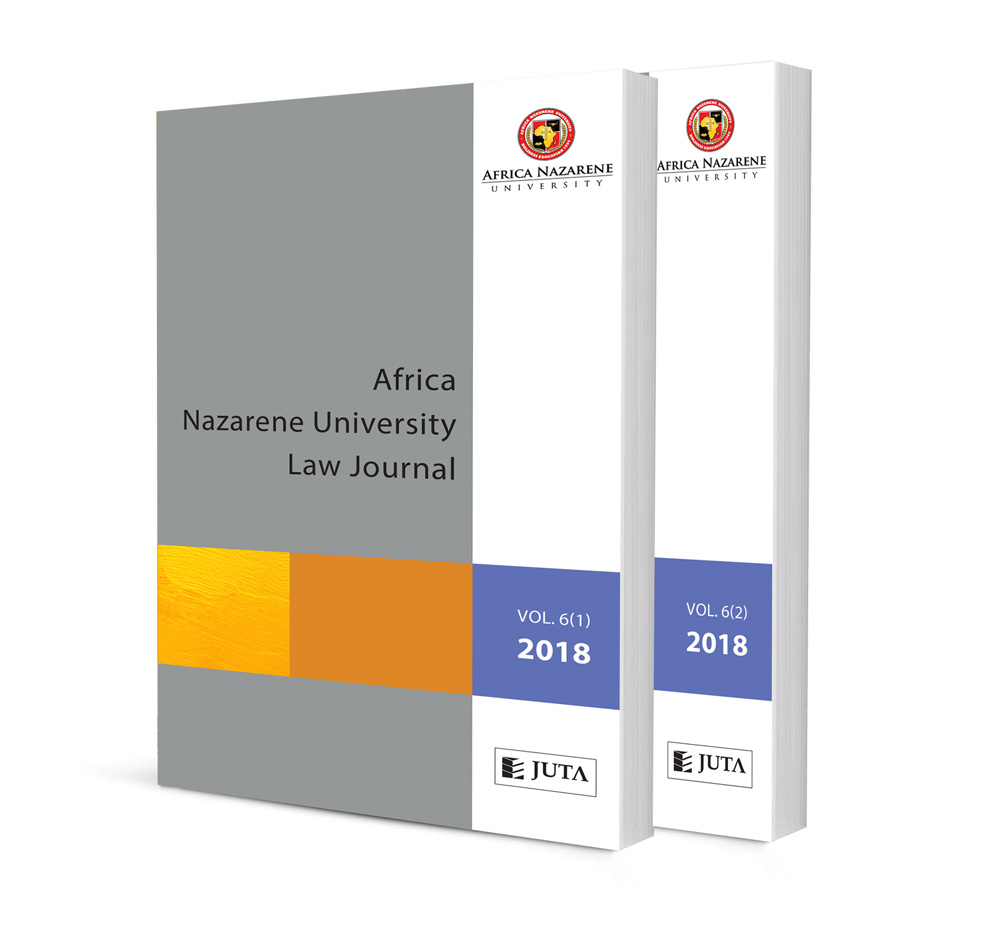Gains and Losses: The Impact of the Beijing Declaration and Platform for Action on the Legal Status of Kenyan Women

Gains and Losses: The Impact of the Beijing Declaration and Platform for Action on the Legal Status of Kenyan Women
Author Nancy Baraza and Karen Koech
ISSN: 2521-2613
Affiliations: LLB, LLM, LLD. Senior lecturer at the School of Law, University of Nairobi; Student at the school of law, University of Nairobi
Source: Africa Nazarene University Law Journal, 2020, Volume 8, Issue 1, p. 86 – 110
https://doi.org/10.47348/ANULJ/v8/i1a4
Abstract
The Beijing Declaration and Platform for Action (BDPFA) or ‘the Platform for Action’ (PFA) of 1995 is the landmark blueprint on how the globe intends to achieve a solution to the never-ending debate regarding equality of the sexes. In 1995, women globally gathered at the Chinese capital, Beijing, for the monumental Fourth World Conference on Women. They agreed on the BDPFA, through which they forged an elaborate path towards gender equality and women’s empowerment. From the first wave of feminism in the nineteenth century to the current #MeToo movement, it is apparent that the realisation of gender equality is a marathon and not a sprint. The 2015 Report of the United Nations (UN) Secretary-General on the 20-year review and appraisal of the implementation of the BDPFA irrefutably brings this reality to light. The PFA has seen significant reforms in both laws and regulations in many states aimed at attaining gender equality over the years. However, these reforms do not match the magnitude of the efforts put into the fight to achieve equality; the world is still lagging. In Kenya, there has been a remarkable shift in the laws and regulations providing for gender equality and non-discrimination after the BDPFA. The dawn of the current genderresponsive constitutional dispensation has seen the enactment of several statutes that specifically address issues that have historically perpetuated patriarchy and disempowered women in Kenya. In attempting to implement these laws, the country has unveiled the roots of gender discrimination and highlighted the dangers of disregarding other nuances of this form of inequality such as economic, social, legal, and cultural factors and the intersectional nature of gender imparity. The impact of the BDPFA on the legal status of women in Kenya is evident; the implementation, however, has presented a few challenges as a result of the distinctive difficulties encountered by Kenyan women and the existing Kenyan legal system.